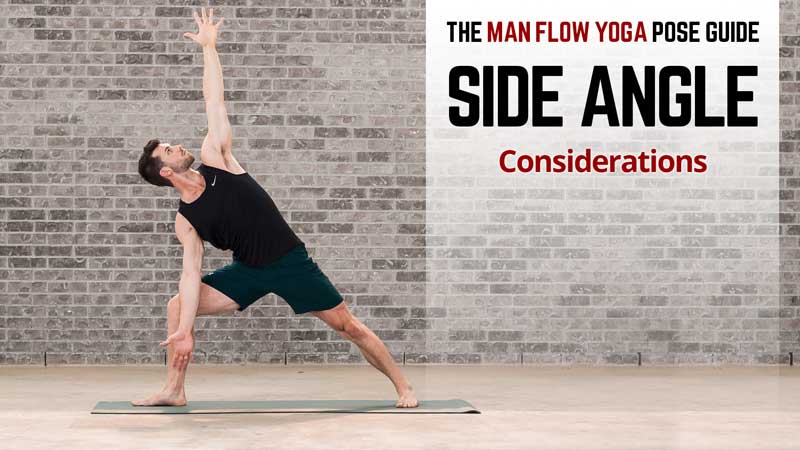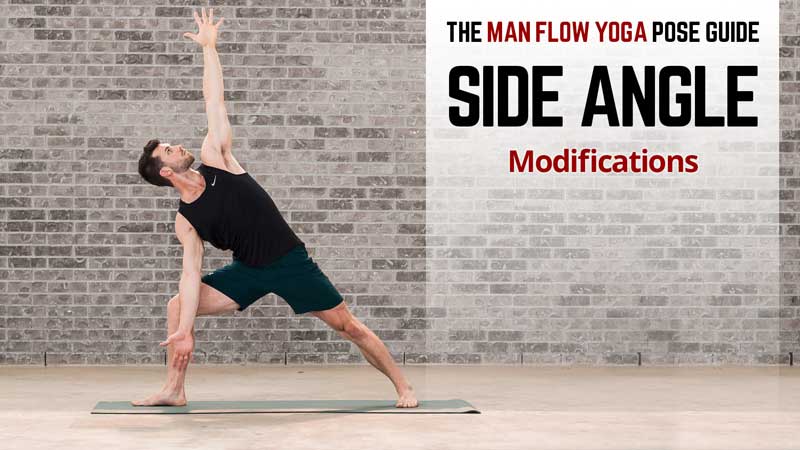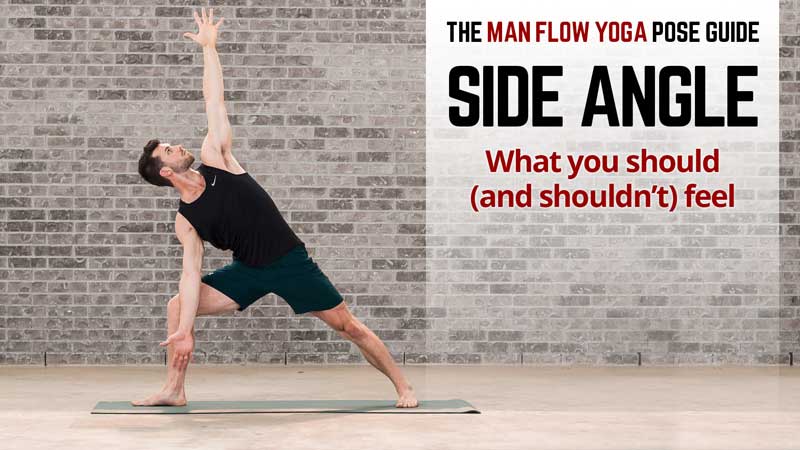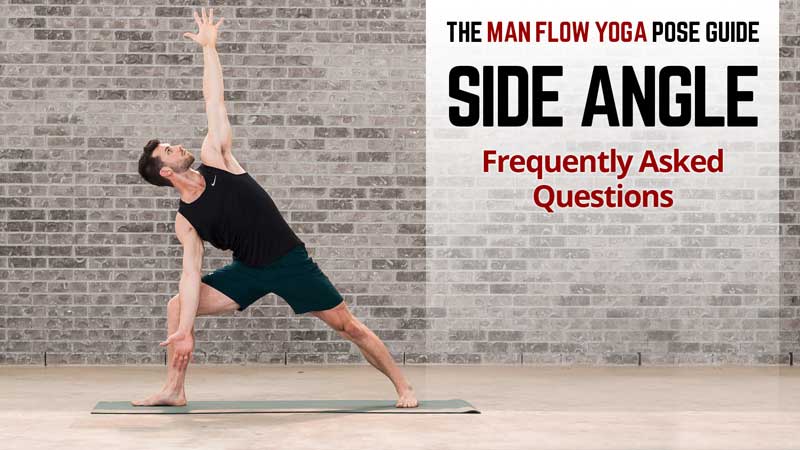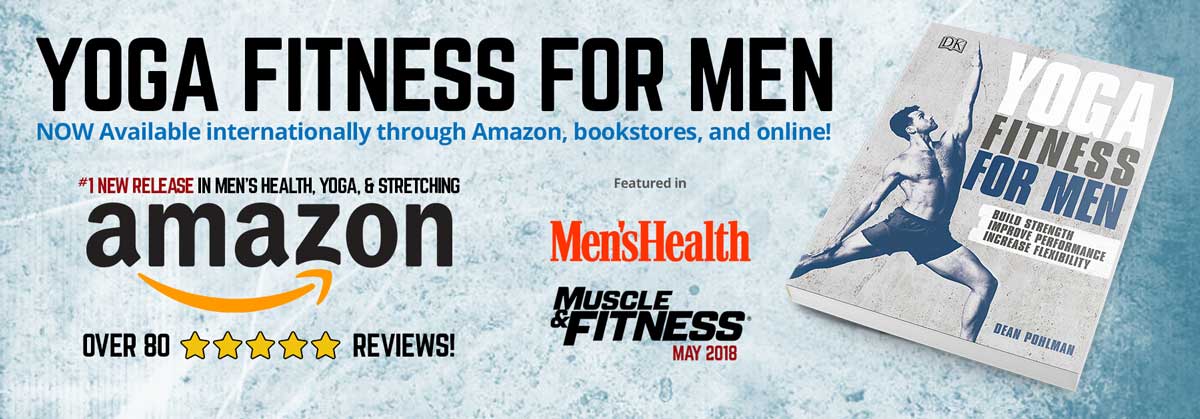This side stretch and lunge strengthens your core, hips, and back, while making your spine, shoulders, and hips more mobile. It’s useful for improving your posture, increasing power and range of motion for twisting or swinging motions, and helping prevent back pain and injury by strengthening the entire core.
Target Area: Core, Spine, Hips, Shoulders
Difficulty: Beginner
Benefits:
- Stretches chest muscles to improve posture
- Strengthens middle back, spine, hips, and knees
- Improves spinal mobility
Considerations – who should be careful?
- If you have trouble with balance, be careful when you start to look up. You may want to start by looking at the ground, and then slowly shifting your gaze to the sideways, and then finally looking upward.
- Anyone currently injured in their lower-body, spine, hips, or shoulders. If you have soreness or some slight discomfort, then you should be fine. Just make sure to avoid sharp pain, and if you feel worse the day afterwards, then I would reflect on what you think caused it, and modify or avoid doing that movement until your body has somewhat healed.
Technique Walkthrough
- Start in Warrior 2 with your feet 4 to 5ft (1.25–1.5m) apart, your right foot perpendicular to the left, and front knee bent directly over the ankle.
- Extend arms outward, parallel to the floor and palms facing down. Square hips to the middle.
- Bend at the waist to move the torso over your bent leg.
- Reach your left arm toward the ceiling, palm facing forward, and extend right arm toward the ground.
- Tighten the left side of your body, lengthen your torso, and use your core to roll back the top shoulder and open chest.
- Turn your head to look up at hand.
- Hold the posture, inhaling as you lengthen the torso, and exhaling as you deepen the twist.
- Repeat on the other side.
Pro Tip: To challenge your core and get a deeper stretch, firmly engage the muscles on the exposed side of your body, drawing ribs toward your core to firmly engage obliques and strengthen core.
Make it easier (Modifications)
- To help maintain balance and stability, rest your hand on a block placed just inside the front foot.
- Bring your legs closer together.
- If you have trouble balancing, Instead of looking up at the ceiling, look at the ground or sideways.
What you should (and shouldn’t) feel
What should you be feeling?
- Stretch in groin, chest, shoulders, biceps, and back
- Intense engagement of core and thighs
What you shouldn’t feel.
- Lowered arm forcing the rotation; use core to twist
- Strain in neck; if you do, create more length in spine
Common Errors & How to Avoid.
- Not keeping ankle over the front knee, either from:
- Excessive sinking into the front knee, due to an inactive core
- Straightening the front knee to make it easier
- Letting your butt move backwards; not keeping your hips between your ankles.
- Side body flexion; keep your side body straight
FAQs
- What if I have issues balancing?
Usually a lack of hip and core engagement, and improper technique in general. You might also just have to develop the skill of balance, which takes time. - What if I can’t look all the way up?
It’s possible you aren’t lengthening your spine, but also possible that your spinal mobility is limited right now. As you practice yoga more consistently, this will get better over time.
Want to see more info like this? These photos and sections are taken from Yoga Fitness for Men, published in May 2018 by DK Publishers, and written by Dean Pohlman (that’s me), the founder of Man Flow Yoga.
